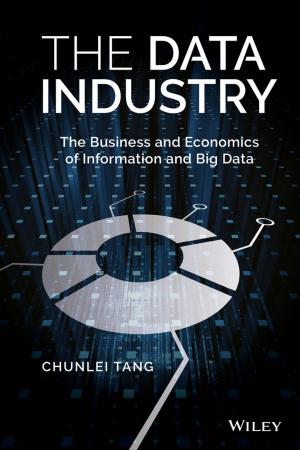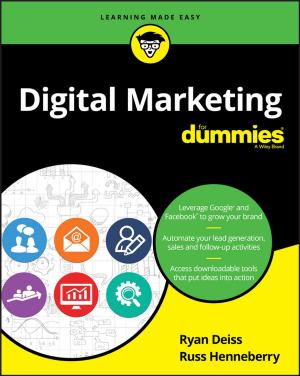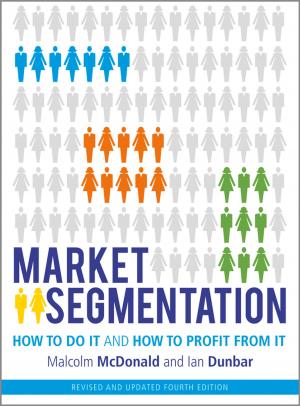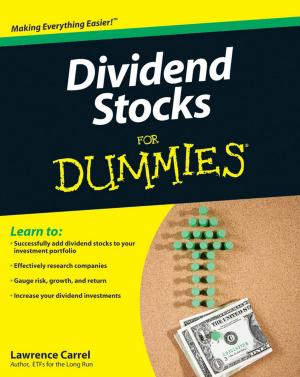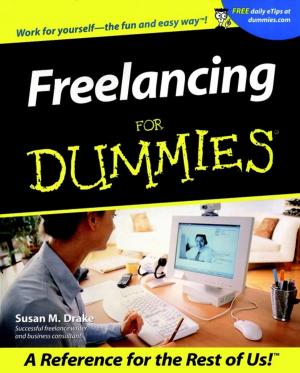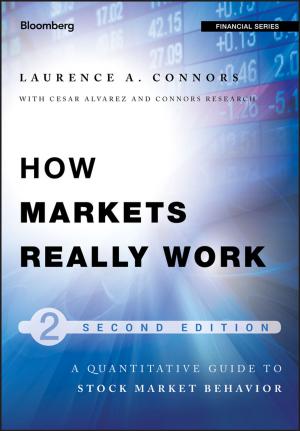Countering Fraud for Competitive Advantage
The Professional Approach to Reducing the Last Great Hidden Cost
Business & Finance, Accounting, Auditing| Author: | Mark Button, Jim Gee | ISBN: | 9781119960409 |
| Publisher: | Wiley | Publication: | February 12, 2013 |
| Imprint: | Wiley | Language: | English |
| Author: | Mark Button, Jim Gee |
| ISBN: | 9781119960409 |
| Publisher: | Wiley |
| Publication: | February 12, 2013 |
| Imprint: | Wiley |
| Language: | English |
Substantially reduce the largely hidden cost of fraud, and reap a new competitive advantage.
As the title suggests, Countering Fraud for Competitive Advantage presents a compelling business case for investing in anti-fraud measures to counter financial crime. It looks at the ways of reaping a new competitive advantage by substantially reducing the hidden cost of fraud. Aimed at a wide business community and based on solid research, it is the only book to put forward an evidence-based model for combating corporate fraud and financial crime.
Despite its increase and capture of the news headlines, corporate fraud is largely ignored by most organizations. Fraud is responsible for losses of up to nine percent of revenues—sometimes more. Yet, most organizations don't believe they have a problem and don't always measure fraud losses. This highlights an area for capturing a competitive advantage—with the right counter-fraud strategy, massive losses due to the cost of fraud can be reduced for a fraction of the return.
- Advocates a new model for tackling fraud and illustrates theories with best practice examples from around the world
- The authors have close links with the Counter Fraud Professional Accreditation Board: Jim Gee is a world–renowned expert in the field, and has advised private companies and governments from more than 35 countries. Mark Button is Director of the leading Centre for Counter Fraud Studies, Portsmouth University, U.K.
Organizations are losing millions of dollars to fraud. This book outlines a comprehensive approach to reducing financial crime and helping return some of the revenue lost to the cost of fraud.
Substantially reduce the largely hidden cost of fraud, and reap a new competitive advantage.
As the title suggests, Countering Fraud for Competitive Advantage presents a compelling business case for investing in anti-fraud measures to counter financial crime. It looks at the ways of reaping a new competitive advantage by substantially reducing the hidden cost of fraud. Aimed at a wide business community and based on solid research, it is the only book to put forward an evidence-based model for combating corporate fraud and financial crime.
Despite its increase and capture of the news headlines, corporate fraud is largely ignored by most organizations. Fraud is responsible for losses of up to nine percent of revenues—sometimes more. Yet, most organizations don't believe they have a problem and don't always measure fraud losses. This highlights an area for capturing a competitive advantage—with the right counter-fraud strategy, massive losses due to the cost of fraud can be reduced for a fraction of the return.
- Advocates a new model for tackling fraud and illustrates theories with best practice examples from around the world
- The authors have close links with the Counter Fraud Professional Accreditation Board: Jim Gee is a world–renowned expert in the field, and has advised private companies and governments from more than 35 countries. Mark Button is Director of the leading Centre for Counter Fraud Studies, Portsmouth University, U.K.
Organizations are losing millions of dollars to fraud. This book outlines a comprehensive approach to reducing financial crime and helping return some of the revenue lost to the cost of fraud.



